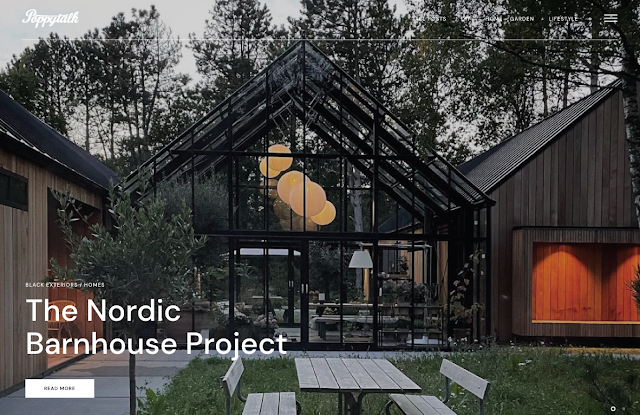
Hi there! It's April Nemeth over at Little Korboose! I do a TON of screen printing and because it is such a big part of my life — I wanted to share it with you!
There are several different substrates you can screen print on including paper, fabric, wood...just about anything with a flat surface. Today I am going to walk you through screen printing on wood with permanent acrylic water soluble inks. I recommend SPEEDBALL inks because, well, they’re the best!
You'll need a few things before you start:
A table (about the size of a card table)
speedball acrylic permanent water soluble ink
2 hinge/clamps + screws
squeegee
substrate to print on
paper towels
apron
Tupperware + lid for ink
masking tape
ink spatula
soft scrub brush
SET UP
You can find or build a wood table that is a comfortable height for you to lean over when printing. Make sure you have access to a large laundry tub or sink so you don't have to go far to clean up when finished. Make a drying rack if you plan on printing a large number of prints. You'll need to bolt the 2 hinge clamps to the table evenly spaced apart. These can be purchased at any silk screen supply shop or online. When you bolt them into the table, be sure they are right side up. The hinge clamps allow you to lock the screen in place for registration purposes. They also make printing go fast!
PREPARING THE SCREENS
You will need a separate screen for each color within your design. Remember to incorporate registration marks into your design so you can line up your colors properly./easily. There are several different ways to prepare a screen to print a design and while the methods are different, the basic principle is to make a stencil on the screen which allows ink to be forced through it's “open” areas to produce a design. There are various resources online regarding this topic so I am not going to go in depth. Just to give you an idea the methods include:
Paper Stencil Method, Screen Filler Method (Direct block out|negative method), Fluid Screen-Filler Method (Tushe-resist|positive method), and the Photographic Emulsion Method (most common - the one I use).
There are many companies that will prepare your screen for you with your design or you can do it at home yourself if you have all of the correct supplies.
Once your screen is ready, mask of the inside parameter with masking tape. This will allow for easy clean up once you are done printing with the screen.

PRINTING
Insert your screen frame into the hinge clamps and tighten as hard as you can. It is important that the screen does not move for registration purposes. To perform OFF-CONTACT printing, I tape a couple of pennies to the table where the screen frame lies to elevate it. Pull screen down. Place substrate under the screen and position it as it is to printed, allowing for margins When you think the wood is in the correct position, lift the screen and mark where each corner of the wood should be placed. I actually draw crop marks directly on the table with a pencil. Good guides are important if you intent to print one or more colors on any print.
Stir the ink until you get a creamy consistency. You can mix inks to get your desired color. I use water based acrylic speedball inks for printing on wood as well as paper Spoon ink across the end of the screen farthest away from you.

Lift screen slightly with one hand, take squeegee in other hand and apply an even, smooth blanket of ink onto the print area. This is called FLOODING. Drop the screen gently. Lift the squeegee with both hands over the ridge of the ink and pull toward yourself – keeping squeegee at a 45° angle with enough pressure to scrape screen clean. Lift screen, remove print and FLOOD screen again. REPEAT on next piece of wood.
That’s it! It is time consuming and a lot of work, but it is also SO FUN! Once you start screen printing you will not be ale to stop. It’s highly addictive!


CLEAN UP
When finished printing remove any remaining ink with an ink spatula and save in a plastic ware container with a lid. Remove screen from clamps and wash out in a large tub/laundry sink with warm water and a soft brush (this is for water soluble inks only).
That’s it! It is time consuming and a lot of work, but it is also SO FUN! Once you start screen printing you will not be ale to stop. It’s highly addictive!
TIPS:
*have a generous quantity of ink on screen.
*flood screen evenly
*maintain even and adequate pressure on the squeegee when pulling.
littlekorboose.com






4 comments:
Oh I LOVE this post! Thanks so much for sharing your skills. I have had silk screening on the brain, but wasn't feeling motivated enough to hunt down the basics. Now I have no excuses...
ah! yes. i absolutely love this! good ideas are gonna come from this.
-k
What are some online places where you can get a custom screen?
will it work if you had a 5/8 inches concave? ( wood)
Thank you!
Post a Comment